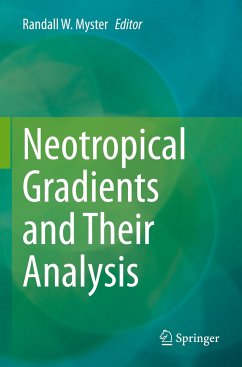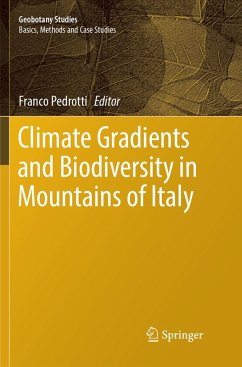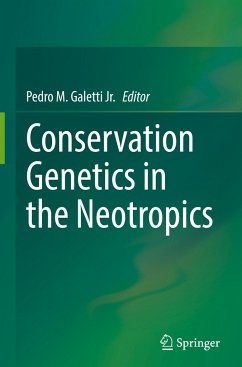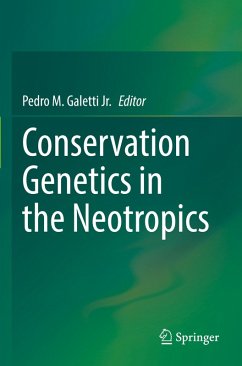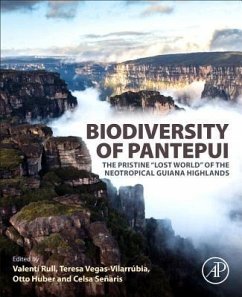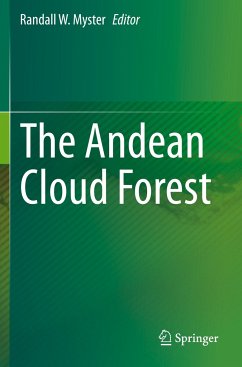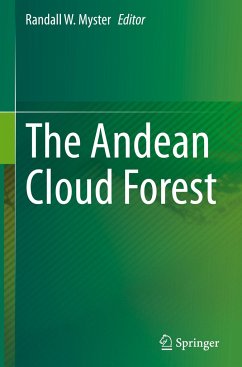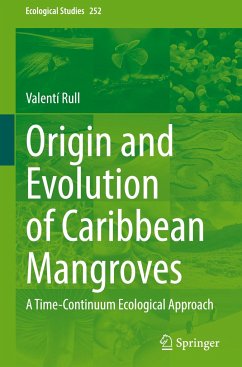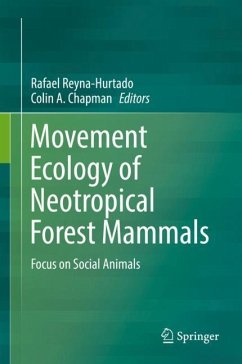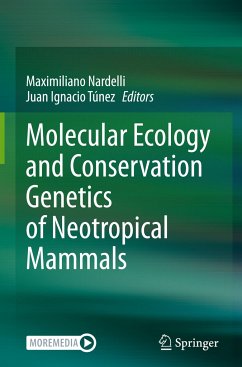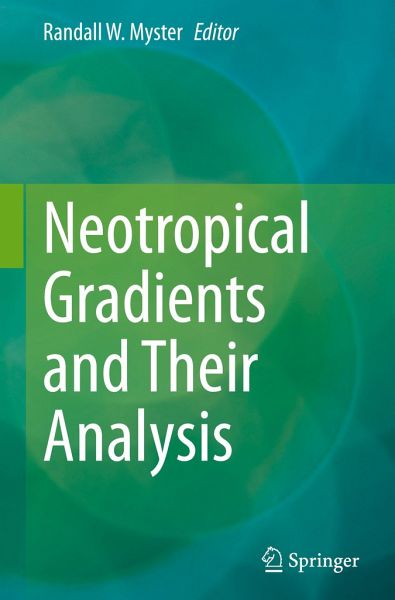
Neotropical Gradients and Their Analysis

PAYBACK Punkte
68 °P sammeln!
The importance of the Neotropics to the world's climate, biogeochemical cycling and biodiversity cannot be questioned. This book suggests that gradients are key to understanding both these issues and Neotropical ecosystem structure, function and dynamics in general. Those gradients are either spatial, temporal or spatio-temporal, where many temporal and spatio-temporal gradients are initiated by disturbances (e.g., tree-fall, landslide, cultivation). And in particular for the Neotropics, three large spatial gradients - latitude, longitude, altitude (elevation) - are of critical importance. The...
The importance of the Neotropics to the world's climate, biogeochemical cycling and biodiversity cannot be questioned. This book suggests that gradients are key to understanding both these issues and Neotropical ecosystem structure, function and dynamics in general. Those gradients are either spatial, temporal or spatio-temporal, where many temporal and spatio-temporal gradients are initiated by disturbances (e.g., tree-fall, landslide, cultivation). And in particular for the Neotropics, three large spatial gradients - latitude, longitude, altitude (elevation) - are of critical importance. The editor has over 30 years of experience investigating Neotropical gradients in Costa Rica, Puerto Rico, Peru and Ecuador, and has published 5 previous books on different aspects of the Neotropics. Once again he has assembled top-shelf Neotropical scientists and researchers, here to focus on gradients: their nature, interactions and how they structure ecosystems.





